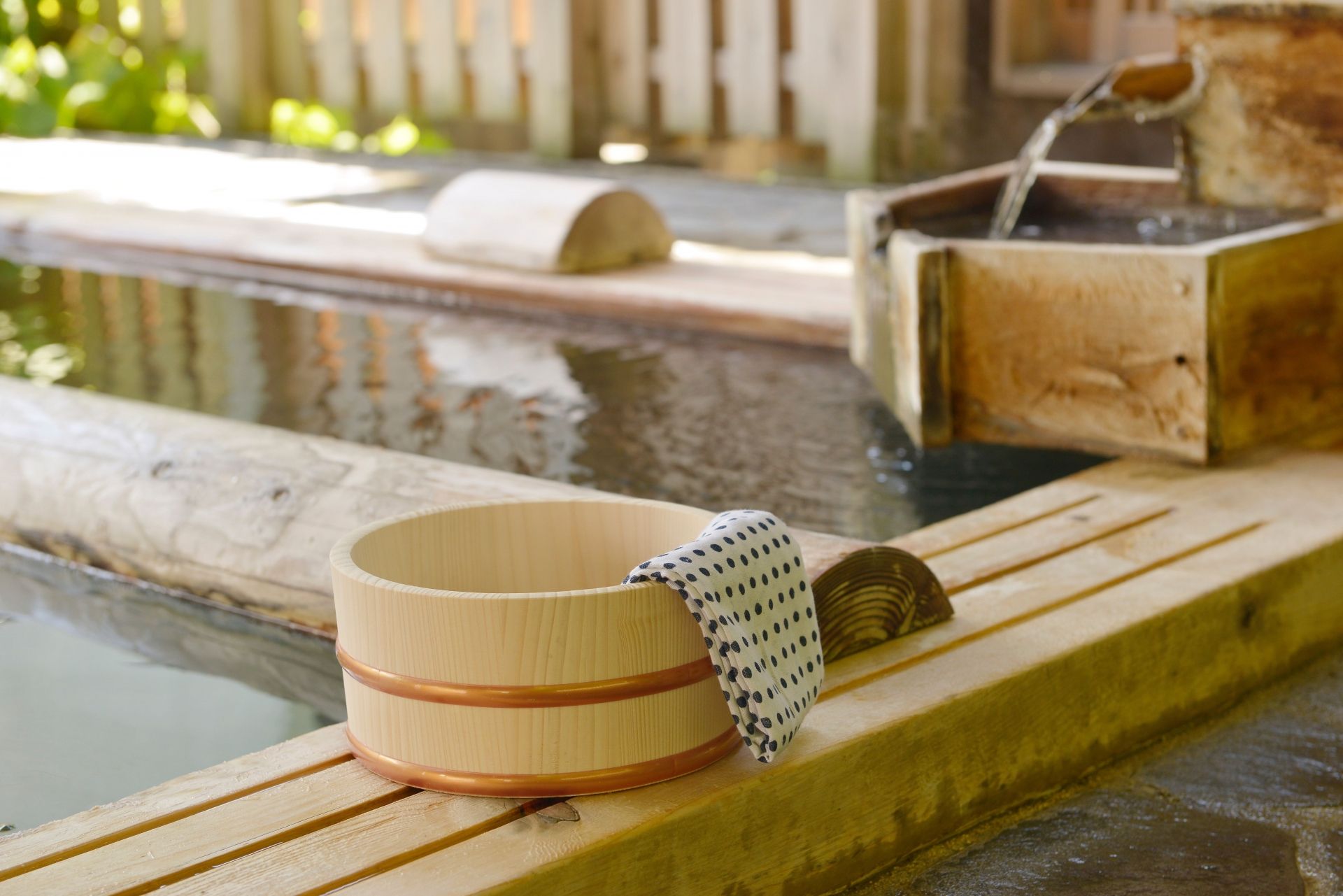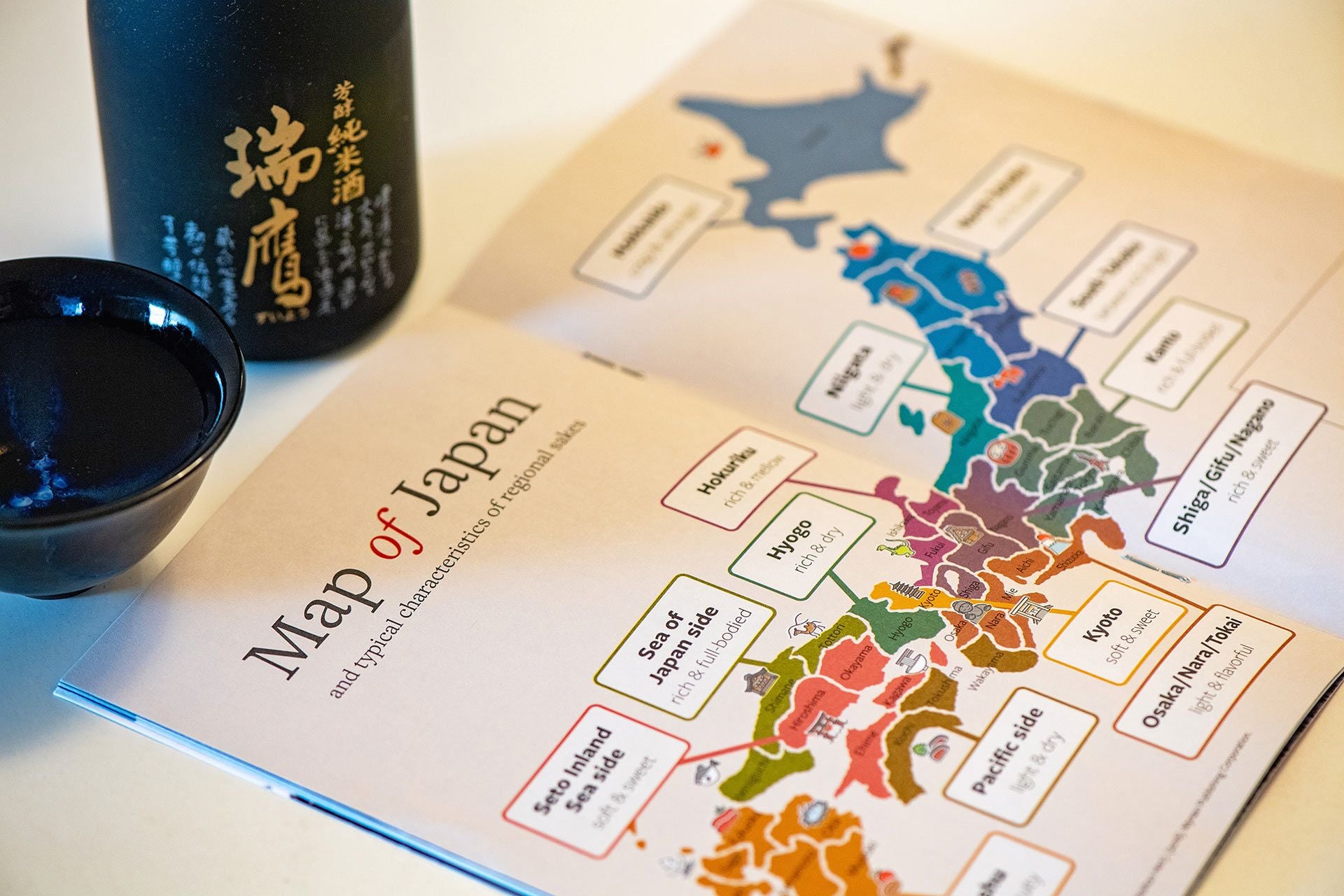Connecting sake makers with sake drinkers is central to Tippsy’s purpose, so orchestrating an intimate dinner with IWA founder and maker Richard Geoffroy was an exciting opportunity for us. Hosted in Kimika’s private dining room and seating just 12 Tippsy customers — plus IWA and Tippsy staff for a total of 16 — we knew this would be a very special experience. Or as Geoffroy would put it that warm September evening, a journey.
This Nolita “contemporary gem,” as Michelin Guide calls it, is an elegant Japanese-Italian fusion restaurant that takes its proximity to Little Italy and Chinatown to heart. Their inspired East-meets-West cuisine was very apropos for the occasion, as Geoffroy himself is a figure whose work spans hemispheres.
Formerly the chef de cave of Dom Pérignon Champagne, Geoffroy has begun his “next life” in the Toyama prefecture of Japan, where his sake brewery, Shiraiwa K.K., can be found. There, he, “toji” (brewmaster) Masato Yabuta and the “kurabito” (brewery workers) brew and blend IWA sake to perfection. While he says the process of assemblage, or blending various batches together until they reach a harmonious result, is essentially the same with sake as it is with wine, he appreciates the unique challenges of sake making.
“To make sake you have to be totally nuts,” Geoffroy says to us as we indulge. “If you leave grapes on a bench, eventually, something will happen. If you leave rice on a bench, nothing will happen.”
The rice used in sake making must be polished, washed, soaked and covered in koji spores to coax sugar from its starches before yeast can turn it into alcohol. The sake brewing process is complex and can be very laborious, and each ingredient, from the yeast type to the water source to the rice strain, affects the final result.
After the fermentation is done and the sake is made, that’s when Geoffroy’s work really begins. IWA 5 “Assemblage 3” uses three varieties of sake rice from four different origins, as well as five kinds of yeast. His goal: to achieve a wonderfully balanced, layered sake that captures the five fundamental flavors — sweet, bitter, sour, spicy and umami — in one.
But even as he takes a distinctly European approach to sake, IWA’s founder stresses, “It’s very important not to be revolutionary. You have to be evolutionary.”
Drinkers can still recognize IWA as premium Japanese sake, and they have; the brand has been warmly received in its country of origin. But there are also new sensations to uncover here: an intoxicating aroma that follows through on the palate, and a satisfying weight to the body that is round yet still somehow light and easy to drink.
Tasting IWA sake at different temperatures and in various glassware yields different impressions, so that’s exactly what we did during our private dinner. IWA 5 “Assemblage 3” was served chilled at 46 F alongside starter dishes of prosciutto pizza, seared scallops, arancini, spicy olives, edamame and tuna tartare. The sake’s temperature rose slightly to 54 F for the pasta and rice course of soy butter bigoli and uni spaghetti. After that, we had the privilege of tasting IWA 5 “Assemblage 1,” their 2019 brew not currently available in the U.S., alongside entrees of whole grilled branzino and NY strip steak. (As a vegetarian, I enjoyed my own plate of eggplant katsu.)
Finally came dessert, and this was clearly Geoffroy’s favorite — and mine, too. When he dipped his spoon into Yakult ice cream topped with crispy chicken skin, and Neapolitan panna cotta with layers of matcha and strawberry, he couldn’t help but laugh. He’s a fan of playfulness, you see, and these scrumptious desserts were exactly that; the fundamental flavors were dancing across our palates again. This final course was served with “Assemblage 2,” a 2020 vintage also not available stateside, served hot at 98 F for a lovely, comforting contrast.
As we delightfully passed the hours inside Kimika’s dimly lit private dining room, I had the pleasure of not only breaking bread with IWA’s founder, but also getting to know Tippsy customers more personally. These encounters with members of our community of sake lovers are meaningful to me, because that’s what we strive for: Quality moments with quality people and quality sake. And just as the flavors of the sake evolved as the night progressed, from light and aromatic to rich, ricey and sweet, so too do I hope our role and our relationships deepen and expand as we grow.















